
How Corporations and Donors Are Using Violence and Displacement to Take Over Africa’s Farmlands

From Nigeria’s Middle Belt to the savannahs of Tanzania, a troubling trend is spreading across Africa: small-scale farmers are being violently driven off their lands, only for that land to be repurposed for industrial agriculture, conservation tourism, or foreign-backed development projects.
While governments cite insecurity and conflict as unfortunate byproducts of underdevelopment, evidence increasingly points to a more coordinated outcome: violence, whether deliberate or unchecked, is clearing land for high-value investments. Behind the attacks, evictions, and displacement, powerful interests are reshaping Africa’s food systems at the expense of the people who feed the continent.
Nigeria: Violence, Vacant Land, and the Rise of Agribusiness
In central Nigeria’s Benue and Plateau states, entire villages lie abandoned after years of escalating attacks on farming communities by armed herders. In June 2025, 200 villagers were killed in coordinated attacks that forced hundreds more to flee. Over 1 million people remain displaced in the region.
But something unusual is happening to the land they left behind.
In several zones characterised by high displacement, new agricultural investment projects are quietly emerging. State governments fund some. Others are backed by international donors, including USAID and the World Bank, promoting “modern agricultural corridors.”
Insecurity is not just a side effect. It is a mechanism. Once rural communities are gone, the land becomes ‘available’ for commercial farming, without the resistance or legal complications of traditional landowners.
A recent study published in June 2025 found that violence in the Middle Belt reduces agricultural output by up to 0.3 per cent per year and leads to land abandonment that agribusiness firms later capitalise on.
Uganda: Bulldozers and Guns in Kiryandongo
In western Uganda’s Kiryandongo District, families say bulldozers and armed men woke them up. Their homes and crops were destroyed to make way for large-scale maize and sugarcane plantations operated by companies such as Agilis Partners and Great Season SMC Ltd.
Many residents never received compensation. Those who resisted were arrested.
They told them the land belonged to the state. However, their grandparents had farmed it before Uganda gained independence.
Investigations by Witness Radio Uganda revealed that these land deals were backed by development loans from the World Bank’s International Finance Corporation (IFC). Civil society groups have filed complaints alleging human rights violations.
Tanzania: Maasai Forced Out for Profit Tourism
In the name of conservation, thousands of Maasai people in Tanzania have been evicted from their ancestral lands in Loliondo and Ngorongoro.
These “protected areas” are often leased to foreign-owned luxury safari operators and elite hunting concessions, notably Otterlo Business Corporation, with ties to UAE royalty.
Conservation is being weaponised. The Maasai are not the threat to wildlife
In June 2024, police opened fire on Maasai protestors resisting eviction. At least two were killed. Their lands were later absorbed into the Loliondo Game Controlled Area.
Cameroon: Forests for Palm Oil
In Cameroon’s southwest, U.S.-owned Herakles Farms was granted 73,000 hectares of forest land for the development of palm oil. The project disregarded opposition from local communities, who claim that their ancestral forests were seized without proper consultation or compensation.
Despite promises of schools and jobs, what followed was deforestation, pollution, and food insecurity. Villagers who protested were met with arrests and intimidation.
They were treated as trespassers in their forest. Now they work as labourers on land they once owned.
Zambia and Malawi are not left out
In Zambia and Malawi, Human Rights Watch and development researchers have documented widespread displacement of farmers for sugar plantations and industrial dams, often with no compensation or resettlement plan.
What links these cases is a disturbing alignment of interests: violence or legal manipulation removes smallholder farmers, and in their place come large-scale agricultural schemes, often tied to multinational corporations, foreign donors, or international development agencies.
Across Africa, the same sequence repeats:
- Violence or legal pressure forces rural communities off their land.
- Governments or investors declare the land “idle” or “underutilised.”
- Agribusiness, mining, or tourism projects take over, often with international funding.
The original landowners are excluded from planning, compensation, or return.
According to a 2024 report by the Overseas Development Institute (ODI), over 30 million hectares of land were acquired globally in the last decade, primarily in the Global South, often under questionable conditions.
This isn’t just about corruption, it’s about control. As food systems are restructured for export, investment, and climate-smart agriculture, smallholder farmers, the backbone of African food security, are being marginalised.
This is not development. This is displacement dressed up in policy language. What we are seeing is agrarian ethnic cleansing.
The trend has prompted many to call for investigations into the political economy of displacement. Who ultimately benefits when farmers are forced off their land? Who finances the projects that replace them? And why is it that regions suffering repeated insecurity are often the same ones targeted for large-scale agricultural restructuring?
For now, the bulldozers continue, and foreign banks, private firms, and silent agreements increasingly control the fields once planted by village hands.
As millions remain displaced, and as hunger and instability deepen, one would ask:
Who is profiting from the emptying of Africa’s land?
Read More:
- A Coordinated Plot to Destabilise West Africa? Signs Point to a Growing Threat
- Nigeria Loses Half Its Harvest to System Failures While GMO Push Ignores the Real Crisis and Forces a False Solution
About The Author
Related Articles
Gold Sector Revival Expected to Drive Mali Growth Next Year
The International Monetary Fund has projected that Mali’s economy will return to...
ByWest Africa WeeklyDecember 22, 2025Burkina Faso, Mali and Niger Formalise New Regional Security Alliance
Burkina Faso, Mali and Niger have formally launched a joint regional military...
ByWest Africa WeeklyDecember 22, 2025Ghana Receives Nigerian Military Aircraft After Burkina Faso Release
A Nigerian Air Force aircraft that had been held by Burkina Faso...
ByWest Africa WeeklyDecember 22, 2025Burned Files, Altered Laws: The Growing Pattern of Disappearing Records Under Tinubu
A fire outbreak at the headquarters of the Federal Inland Revenue Service...
ByWest Africa WeeklyDecember 21, 2025


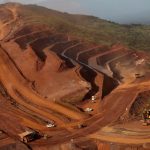




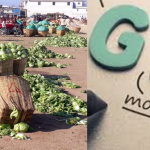
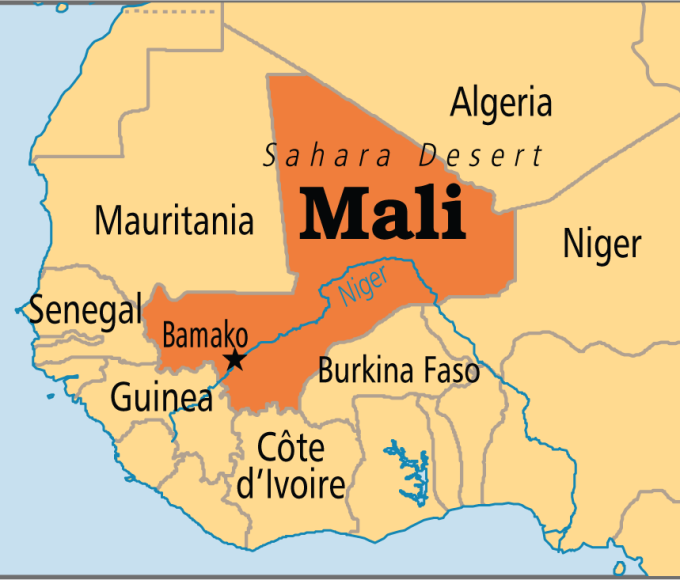
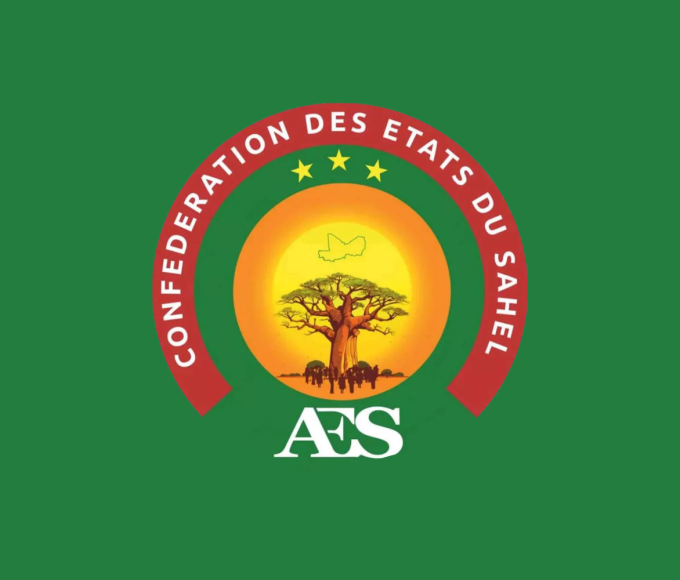
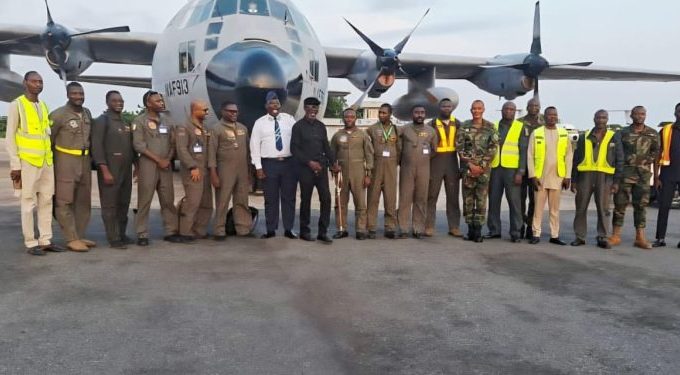

Leave a comment